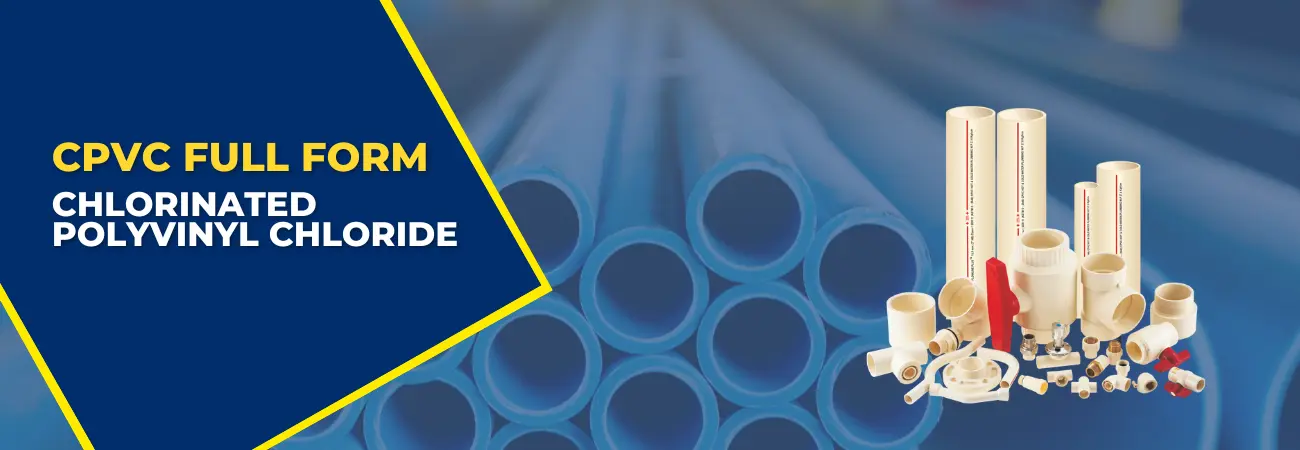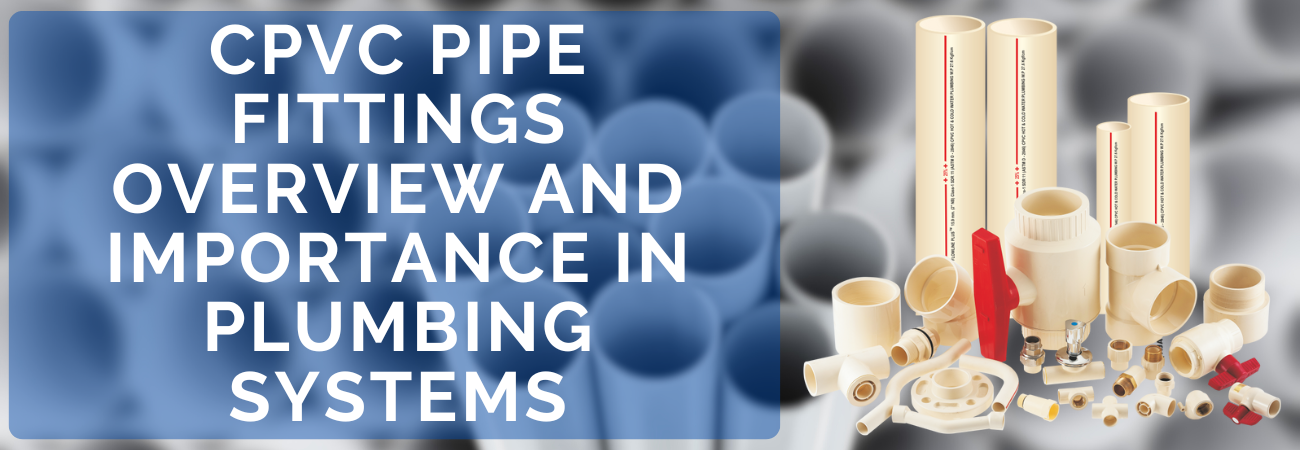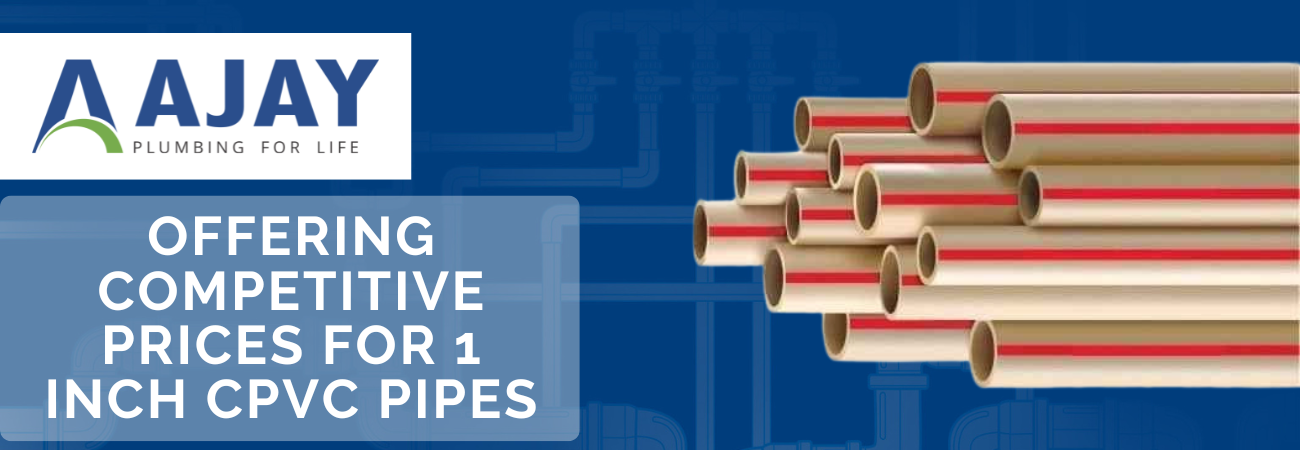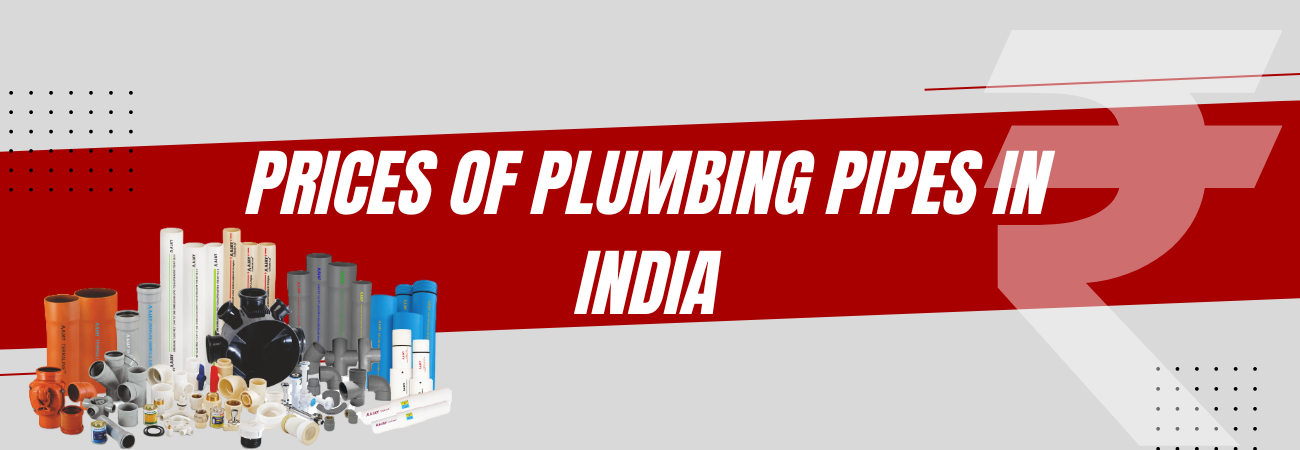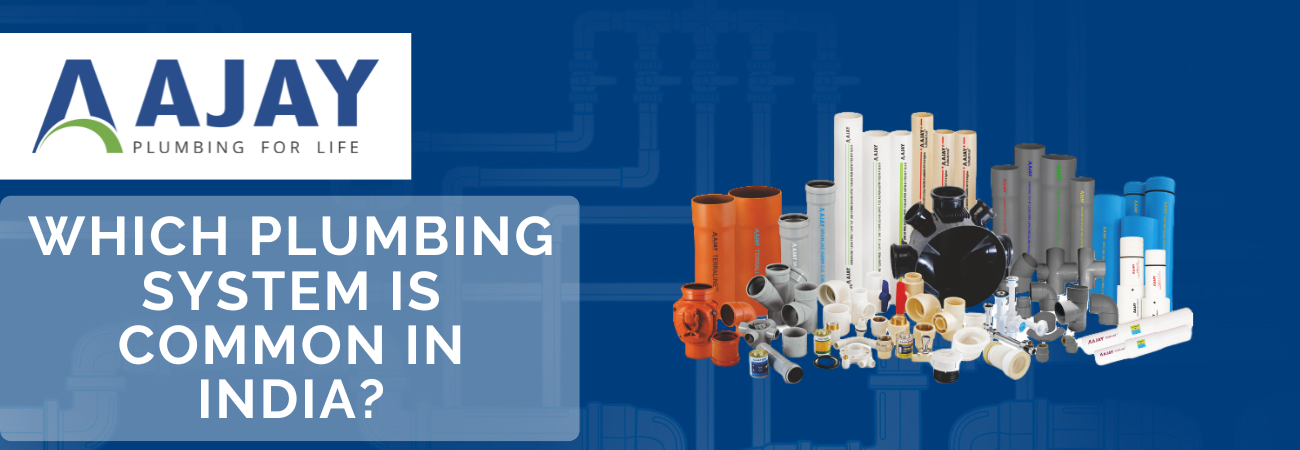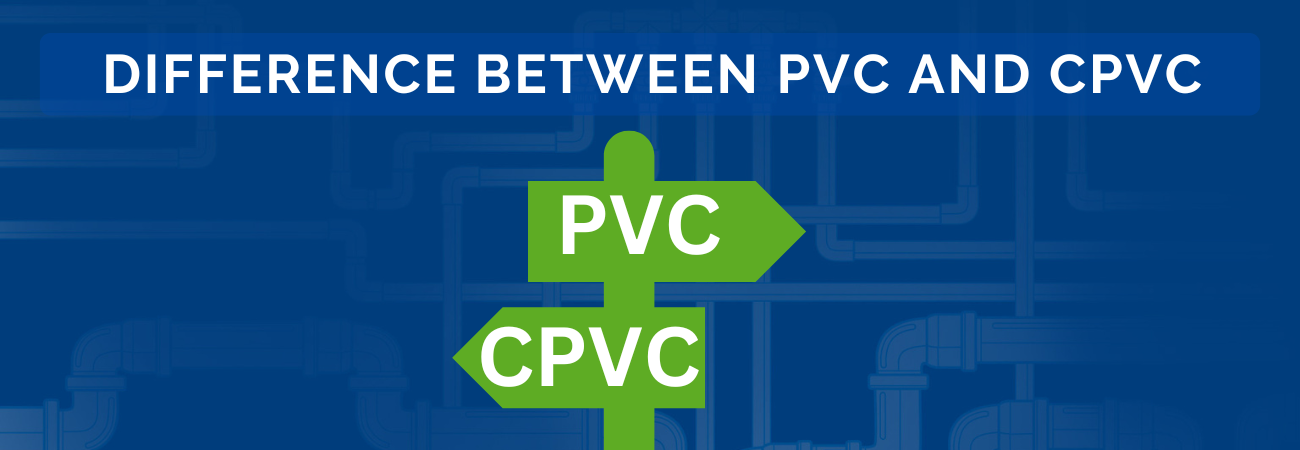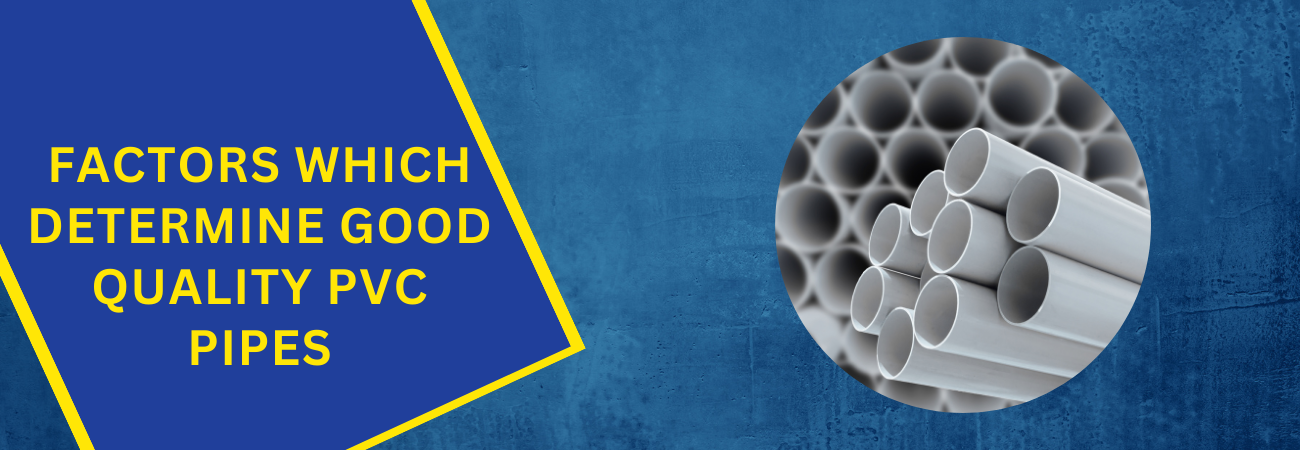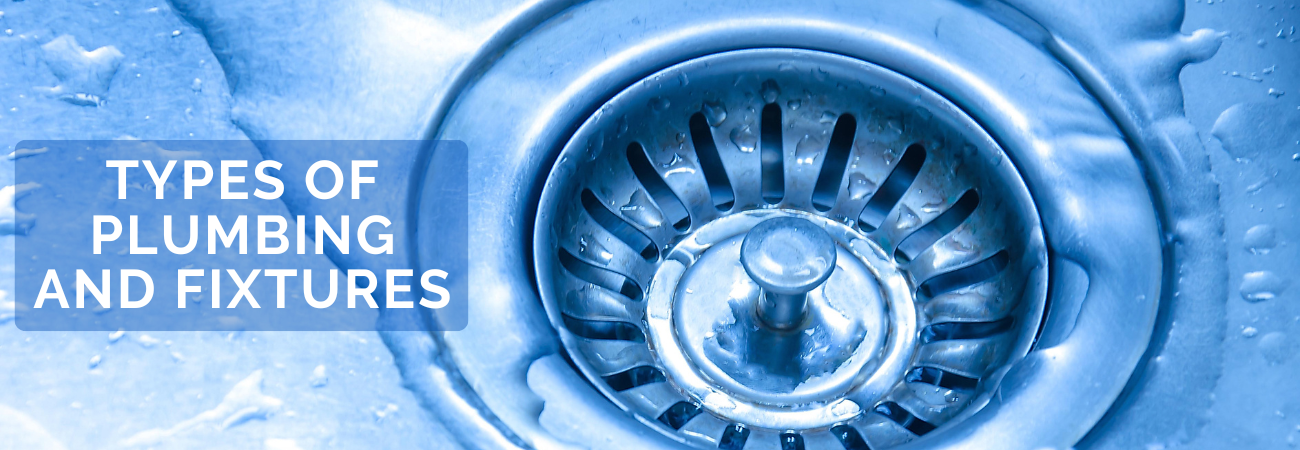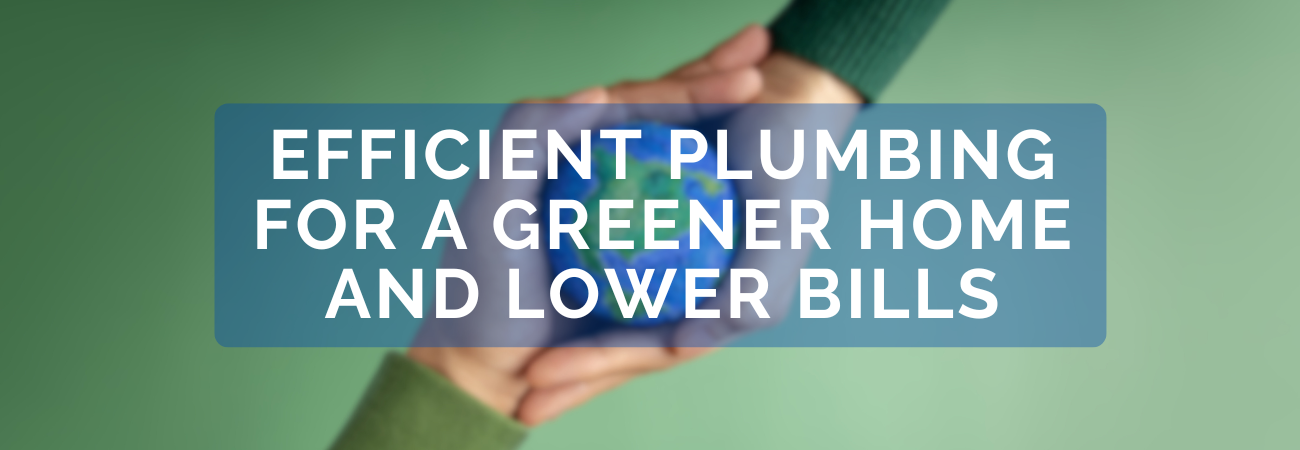Introduction
What are Pipe fittings ?
Pipe fittings are pipe connectors used in the plumbing & drainage system to join multiple pipes of the same or different sizes, to lengthen the pipeline. This regulates the water flow in the plumbing system. Pipe fittings are made of different materials like copper, iron, PVC, brass, etc.
Based on their nature, they are either used to combine, divert, or reduce the water flow and come in a variety of sizes and shapes. Pipe fittings are of a huge demand for any plumbing & drainage systems used in an industrial, commercial, and residential application.
Pipe Fitting Type Based On Jointing System
Threaded joint – It is the mechanical joint between threaded pipes or between a threaded pipe and threaded fitting.Threaded steel pipes and fittings are widely used in buildings to convey natural gas or propane fuel, fire sprinkler systems due to its resistance to high heat.
Soldering – It is a joining process used to join together different types of metals by melting solder. Soldered fittings or capillary fittings are used for copper joints and are widely used in plumbing, electronics and metal work.
Metal Heat welding – It is a fabrication process that joins metals or thermoplastics by using high heat to melt the parts together. The metal welded fittings can replace the threaded fittings so the chances of leakage is minimum. This type of fitting is used for lines conveying flammable, toxic and expensive material where leakage is not acceptable.
Plastic heat welding- It is the process of creating a molecular bond between two thermoplastics. The plastic welded pipes and fittings are used to transport gases and chemicals. They are commonly used in medical devices, chemical manufacturing, semiconductors and life science applications.
Solvent cement – It is either available in the semi liquid or gel forms. They are used to join PVC pipes and other types of plastics. Solvent cement is very convenient to use.
Rubber ring – In this technique, a fluid seal is provided by compressing a rubber ring housed in the socket of a pipe or fitting when the spigot is passed into the socket.
Compression – This technique is used to connect two pipes or a pipe and a fixture or valve. Compression fittings or lock-bush fittings are either made of brass, stainless steel or plastic. Compression fittings are prone to leakage issues and are restricted to accessible locations like kitchen and bathroom sinks and concealed locations such as interior walls.
TYPES OF PIPE FITTINGS (PIPE FITTINGS NAME LIST)

BEND OR ELBOW (90 DEG OR 45 DEG)
Bends are used to transport liquids which require diversion. Due to their long radius and smooth change of direction, the pipe bend has very less pressure drop and a smooth flow of the liquid.

TEE OR WYE
Tees & Wyes fittings are used to connect three pieces of pipes. Tees have one inlet and two outlets that resemble the right angle (90 degrees) in the shape of T, whereas wyes pipe fittings are shaped like a “Y” with two inlets coming together at 45 degrees into a single outlet in the drainage applications. It can be used to combine the flow from two inlets to one outlet as well.

SOCKET/COUPLER
A coupler is a very short length of pipe or tube, with a socket at one or both the ends that let the pipes to be joined. Coupling is used to repair a broken or leakage pipe.

BUSH
Bush fittings are called as reducer bushings and are used to connect two pipes of different sizes. The larger diameter of the bushing fits inside the larger pipe and the smaller end of the bushing fits inside the smaller pipe.

END CAP
Cap fittings cover the end of the pipe to stop the flow of gas or water. They are used at the endpoint of the piping system and are also used in piping headers for future connections.

FLANGE
Flange fittings are flat and round to create a tight seal with bolts and clamps. These types of pipe fittings are used when pipes are passed through walls, ceilings, and floors.

UNION
Just like couplings, union fittings also connect two similar pipes. There are three pieces in a union namely a nut, a female end, and a male end. As soon as the female and the male end are joined, the nuts provide the pressure needed to seal the joint.

VALVE
Valves are used to adjust the flow of fluids. There are eleven types of valves. Ball,Butterfly,Check, Diaphragm, Gate, Globe, Knife Gate, Parallel Slide, Pinch, Piston, Plug, Sluice, Concealed etc. Check Valve or Non-return valves also are known as check valves that allow the liquid to flow in one direction.

TRAP
This type of pipe fittings is commonly found underneath kitchen and bathroom sinks. They are either “U” or sideways “P” shaped and serve two purposes. These traps catch debris to avoid clogging deep down the drainage system and at the same time it also helps to stop bad odour from entering the building.

ADAPTOR
Adaptors are pipe fittings used to connect pipes that are of different types. Because an adaptor can be male or female on one end. In case the ends are non-threaded, they can be welded, soldered, or glued to the pipe.

PLUG
Plug fittings are used at the terminal point of the pipe to seal the opening and are similar to cap fittings. However, caps fit over the opening while the plug fits into the threaded pipe opening to seal it.

NIPPLE
Nipple fittings are short sections of pipe. These pipes are male threaded at each end and are used for connecting two female threaded pipe ends or fittings.
Application of Pipe Fittings
Water Supply
Pipe fittings are undoubtedly one of the important components of the plumbing system. They are used to connect straight pipes or sections of the tube. Pipe fittings like elbow, tee, socket, and reducer are used to change the direction of the water flow with a reduced or equal size.
Drainage
Pipe fittings are used in drainage systems for the transportation of waste liquid in domestic and commercial buildings. Pipe fittings used in surface drainage efficiently removes water from pedestrian areas and domestic driveways.
Chemicals
Pipe fittings are used to transport extremely hazardous chemical materials and waste. They protect sensitive equipment from high pressure.
Pneumatic
Pipe fittings are used to connect sections of pipes, tubes, or hoses in pressurized gas systems. Pneumatic fittings have tight seals and lower pressure requirements when compared to hydraulic fittings.
Pressure Applications
PVC pipes and fittings are used in pressure applications like water service and hot & cold water distribution. PVC pressure piping is used for several industrial processes, heating and cooling systems, fire protection installations, gas distribution and water supply & distribution systems.
Non Pressure Applications
PVC pipes and fittings are widely preferred for non-pressure applications because of their non-corrosive nature. The life of a PVC pipe and fittings in non-pressure applications is far better than the metal counterparts.
For any queries, contact the plumbing experts at Ajay pipes on the Toll Free No. : 1800-11-4050 or via email at our email address info@ajaypipes.com



